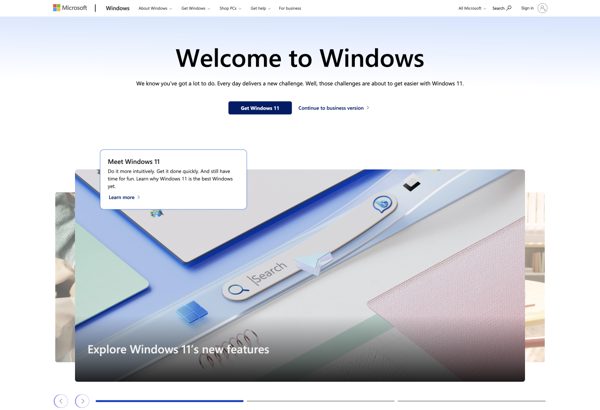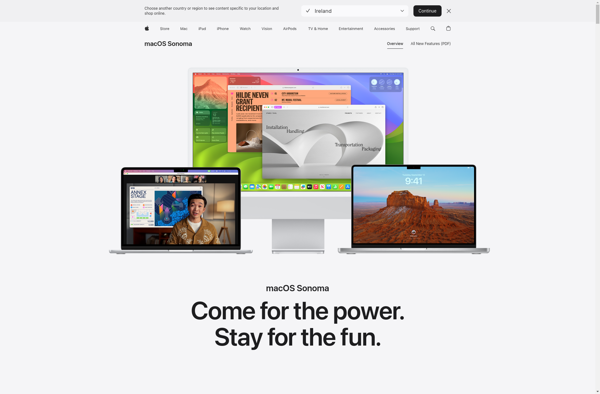GoboLinux

GoboLinux: Alternative Linux Distribution
GoboLinux is a Linux distribution with an alternative file system structure that organizes programs based on functionality instead of following the traditional Unix filesystem hierarchy. It aims to make Linux more beginner-friendly.
What is GoboLinux?
GoboLinux is a Linux distribution that takes a radically different approach to file system structure compared to traditional Linux distributions. Instead of following the standard Unix filesystem hierarchy that organizes system files based on where they are located on the system, GoboLinux organizes everything revolving around each program.
So for example, all files related to a program like Firefox would be located in /Programs/Firefox instead of being scattered across /usr, /etc, /var/lib and other locations. This is intended to make the Linux file system more intuitive and easier to navigate for new users coming from Windows or macOS.
In addition, GoboLinux features its own package manager called the Compile tool which handles installing, upgrading, and removing programs in this alternative file structure. The goal of GoboLinux is to make Linux simpler and more understandable for beginners while still maintaining capabilities for power users.
Although GoboLinux takes an experimental approach that diverges from standard Linux distributions, it pioneers ideas around improving the Linux user experience. The ideas and insights from GoboLinux continue to influence other mainstream Linux projects and distros working on user-friendly design.
GoboLinux Features
Features
- Alternative file system structure that organizes programs based on functionality instead of traditional Unix filesystem hierarchy
- Aim to make Linux more beginner-friendly
- Each program has its own subdirectory with all files contained within
- Symoblic links used to avoid duplication and redundancy
- Filesystem structure more intuitive and easier to navigate
Pricing
- Open Source
Pros
Cons
Official Links
Reviews & Ratings
Login to ReviewThe Best GoboLinux Alternatives
Top Os & Utilities and Alternative Linux Distributions and other similar apps like GoboLinux
Here are some alternatives to GoboLinux:
Suggest an alternative ❐Windows 10

Ubuntu

MacOS

Linux Mint

Arch Linux

Elementary OS

Debian

Fedora

Manjaro Linux

OpenSUSE

Pop!_OS

Kubuntu
